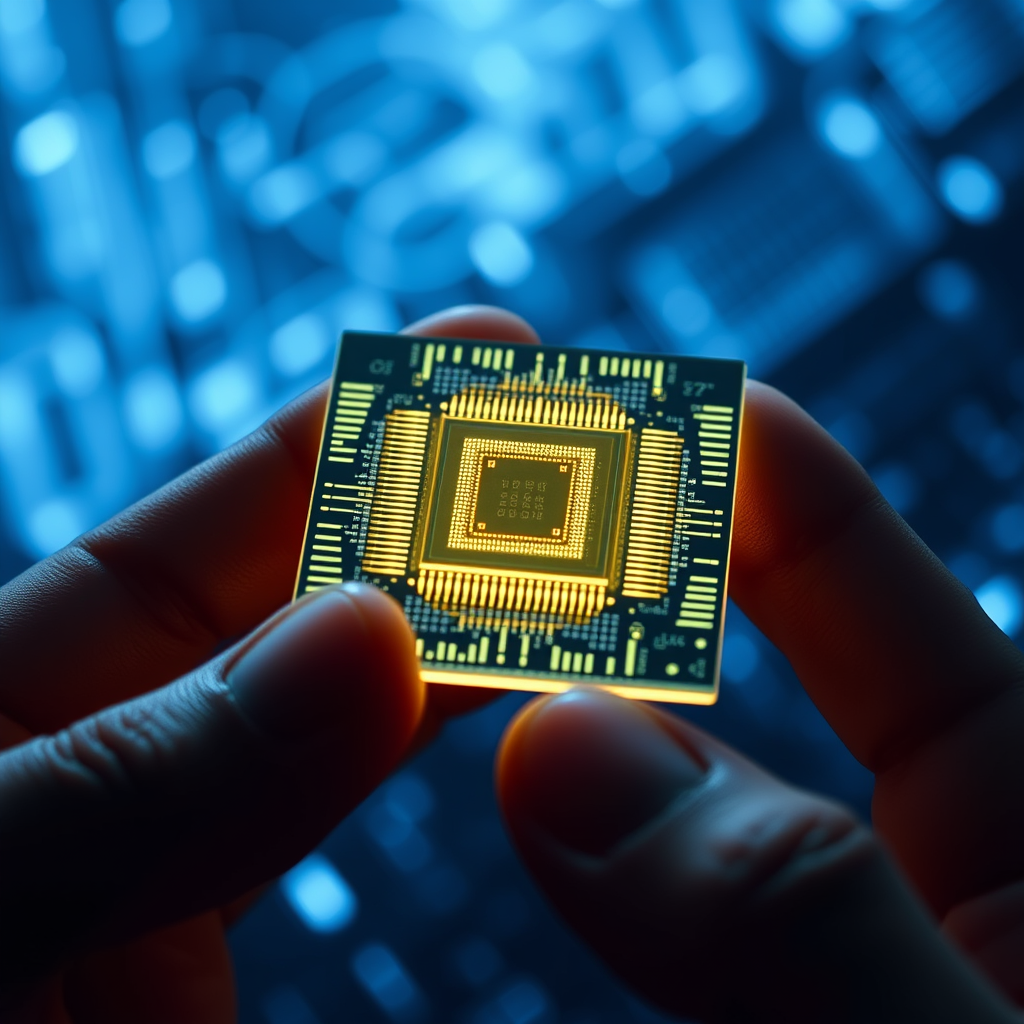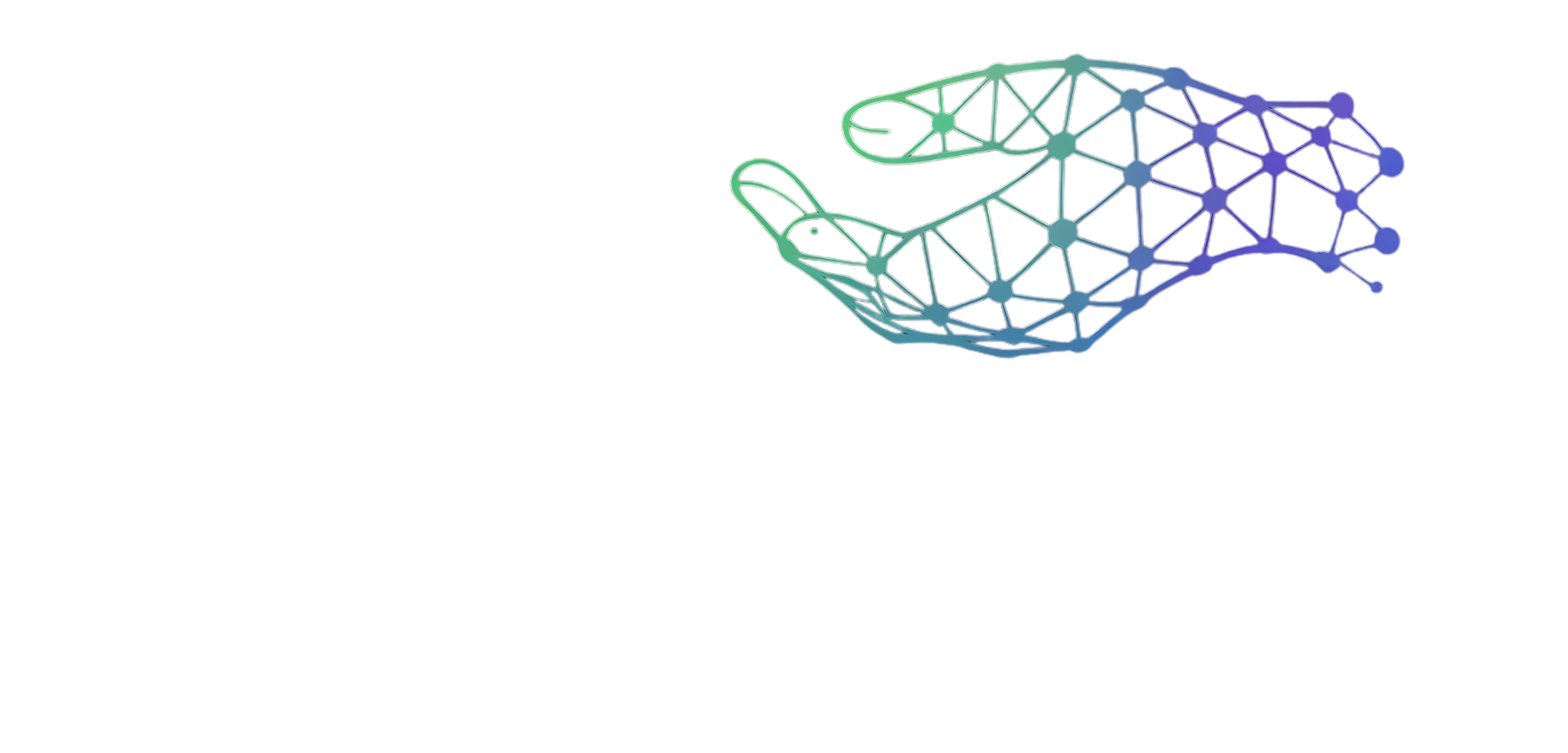AI Race Heats Up: GPT-5.1, China’s Open-Source Surge, Google’s Innovations

The AI war just entered a new phase, and it’s nuclear. Over 50 major AI updates dropped in the last seven days, signaling a rapid acceleration in the global AI race. From OpenAI’s user-centric GPT-5.1 refinements and China’s groundbreaking open-source models, to Google’s ambitious space-bound AI and critical legal battles shaping online shopping, the pace of innovation is unprecedented. This week saw major shifts across the board, impacting how we interact with chatbots, use AI in commerce, and even license celebrity voices. – OpenAI’s GPT-5.1 offers “Instant” and “Thinking” modes, adaptive reasoning, and new personality options for natural, efficient AI interactions. – China’s Open-Source Prowess: Moonshot AI’s Kimi K2 Thinking and Baidu’s Ernie 5.0/4.5 challenge closed models, driving innovation and accessibility. – Google’s Diverse Innovations span AI-powered image doodling (MixBoard), enhanced conversational AI (Gemini Live), privacy (Private AI Compute), and Project Suncatcher for space-based AI. – Amazon vs. Perplexity: A landmark lawsuit is underway, set to redefine the future of AI shopping assistants and e-commerce. – Ethical Voice Cloning: 11 Labs’ Iconic Marketplace provides a legal platform for companies to license celebrity voices, ensuring consent and compensation. As AI continues its exponential growth, how will these breakthroughs redefine our work, daily lives, and even our perception of reality? #AIUpdates #TechInnovation #ArtificialIntelligence #FutureOfAI #DigitalTransformation
Humanoid Robotics: China’s Rapid Advance Amidst Global Shifts

The humanoid robotics space just experienced one of its most explosive weeks this year, revealing a split timeline of groundbreaking innovation and stark reality checks. While China showcased rapid advancements with robots seamlessly navigating home environments, tackling industrial tasks, and achieving mass deployment, other developments highlighted ongoing challenges. This past week underscored both the immense potential and the practical hurdles facing the industry. Here are key takeaways from this pivotal period: – Mindon’s Unite G1 demonstrated unprecedented environmental generalization, smoothly performing complex household tasks with human-like fluidity. – Unitree unveiled the G1D, a wheeled humanoid designed for industrial speed and repetitive tasks, supported by a comprehensive software platform for data generation and deployment. – UB Tech confirmed the mass shipment of hundreds of Walker S2 humanoids to industrial facilities, marking a significant milestone in large-scale commercial deployment, driven by innovations like its battery swapping system. – Globally, the industry faces critical questions regarding battery life, long-term reliability, safety around people, maintenance costs, and accessible price points for widespread adoption. Are we truly on the cusp of mainstream humanoid adoption, or does the recent chaos indicate fundamental challenges still to overcome? #HumanoidRobotics #AI #Robotics #Automation #TechInnovation
Mastering ChatGPT Study Mode for Accelerated Learning

Stop just getting answers from ChatGPT – start learning smarter and remembering more with its hidden Study Mode. Many of us use AI for quick information, but this transcript reveals a powerful feature in ChatGPT, “Study Mode,” designed to revolutionize how we learn. Far from a simple answer machine, Study Mode transforms ChatGPT into a personalized tutor, employing active learning techniques and Socratic questioning to deepen understanding and improve retention. It’s about building knowledge, not just consuming facts. Here are key strategies to maximize your learning with Study Mode: – Engage with AI questions: Actively participate in the dialogue to prime your brain for deeper understanding. – Break down complex topics: Leverage its ability to simplify and scaffold learning step-by-step. – Proactively quiz yourself: Utilize active recall for stronger memory retention by testing your knowledge. – Personalize your learning path: Tailor the AI’s teaching style to your background and preferred learning methods. – Leverage visual input: Upload diagrams and images for interactive, multimodal explanations and quizzes. – Embrace mistakes: Use Study Mode as a judgment-free space to learn from errors and refine your understanding. Ready to transform your learning journey? What strategy will you try first to unlock ChatGPT’s full potential? #ChatGPT #AIinEducation #LearningStrategies #ActiveLearning #StudyHacks
Jony Ive & Sam Altman Redefine Tech: A Screenless AI Future for Well-being

Is your phone making you anxious? The man who designed the iPhone, Jony Ive, admits our tech relationship is “uncomfortable.” Now, he’s teaming with OpenAI’s Sam Altman to build something radically different. This visionary collaboration aims to create a “third core device” alongside your phone and laptop: a screenless, palm-sized AI gadget designed to transform how we interact with technology. Unlike current devices, its primary goal is to improve emotional well-being, reducing anxiety and fostering genuine connection, rather than just boosting productivity. Here are key takeaways about this ambitious project: – Discover a screenless, palm-sized AI companion designed to understand your life and environment. – Experience technology focused on emotional well-being, proactively assisting without constant screen interaction. – Witness a revolutionary approach to AI hardware, built from the ground up for seamless integration. – Anticipate a device that aims to make you happier, less stressed, and more connected to what truly matters. Could this be the technology that helps us become our “better selves”? #AIHardware #JonyIve #SamAltman #OpenAI #FutureofTech
China Unveils Industrial-Grade Quantum Photonic Chip for AI Acceleration

A groundbreaking quantum photonic chip from China is poised to redefine AI and data center capabilities, signaling a silent shift in global tech competition. Developed by Chip X and Touring Quantum, this industrial-grade optical quantum chip utilizes light for computation, offering a radically more efficient and scalable solution than traditional electronic systems. It integrates over a thousand optical components onto a 6-inch wafer, embodying a significant leap in photonic integration and promising to address critical challenges like heat generation and power consumption in data centers. Key takeaways from this development: – According to the transcript and developer reports, it achieves a thousandfold speed increase over Nvidia GPUs for specific AI workloads. – Deployment time for complex quantum-classical hybrid systems is reportedly reduced from months to just two weeks. – The chip’s use of light vastly improves energy efficiency and reduces heat, crucial for training large AI models. – Its monolithic design allows for high component density and integration, attracting attention from global researchers. – China has already established a pilot production line capable of producing 12,000 wafers annually, indicating a clear intent to industrialize this technology. Is this the beginning of a hybrid computing era where photons take the lead in AI acceleration? Share your thoughts below. #QuantumComputing #Photonics #AI #DataCenters #TechInnovation
